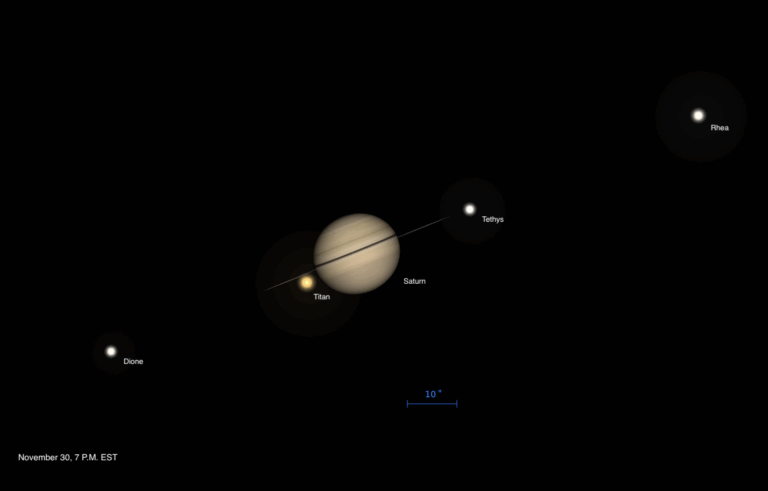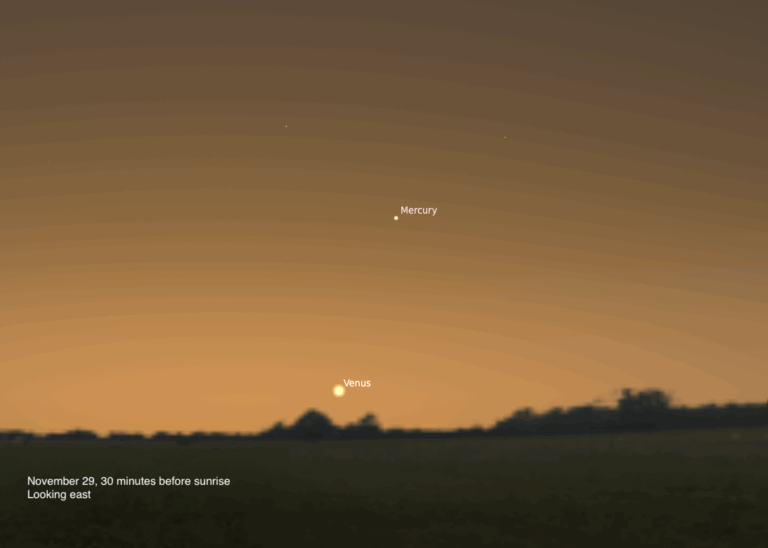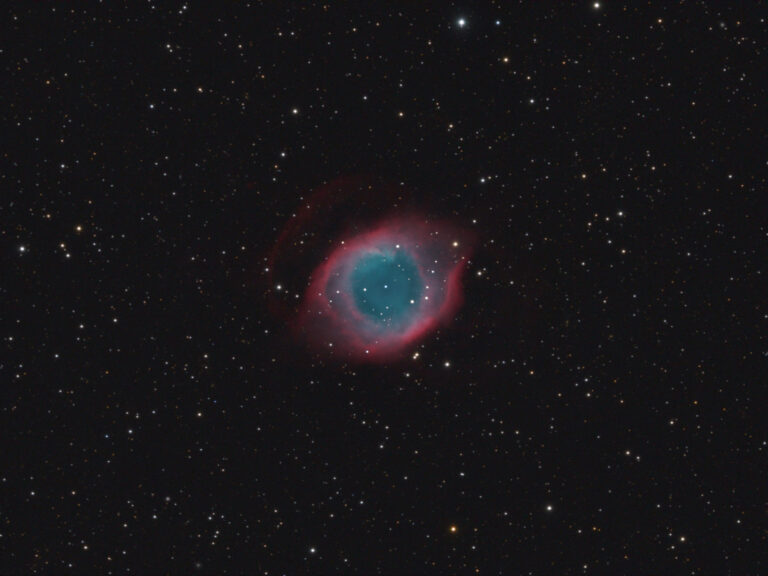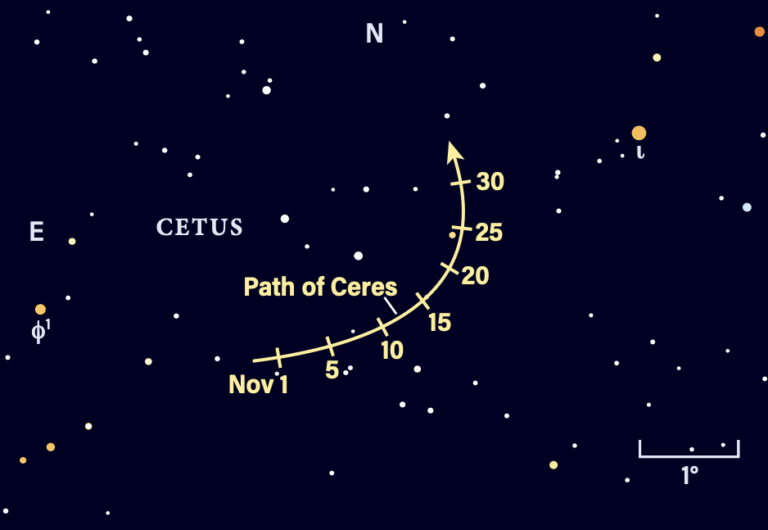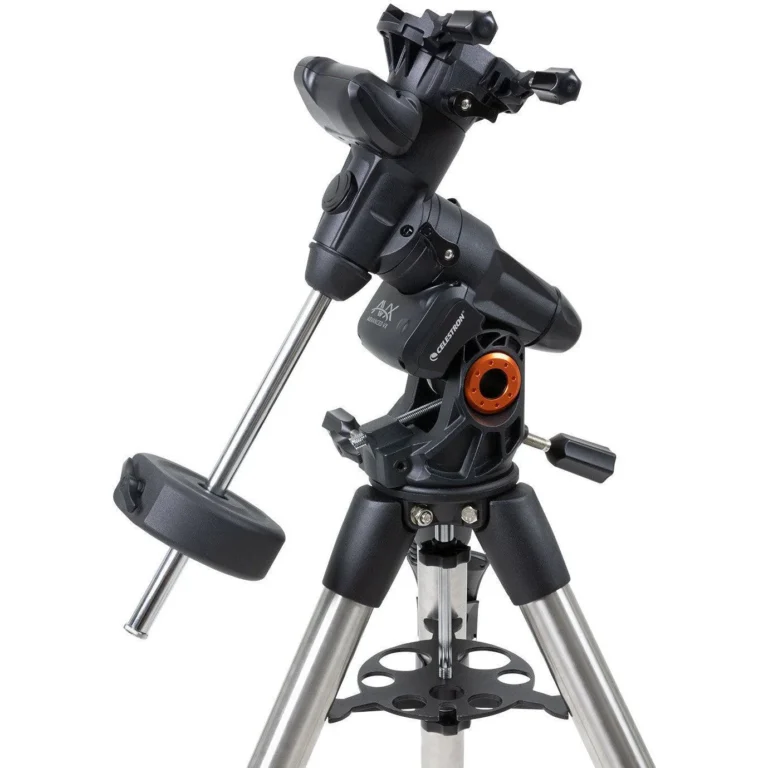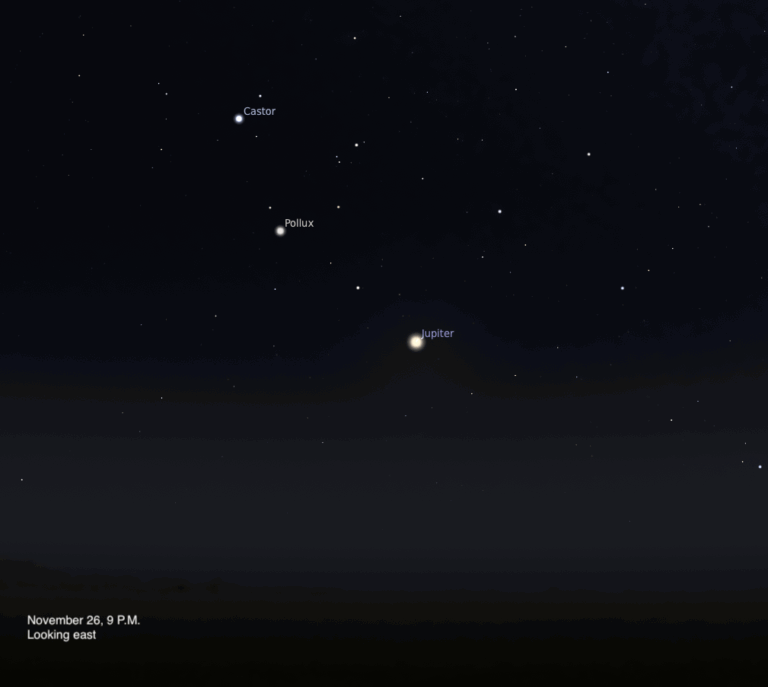Key Takeaways:
For me, the allure of galaxy observing is teasing details out of the view. These stellar conglomerations come in a variety of shapes, ranging from featureless smudges to spirals or slivers of light with bulging centers. To capture galaxies’ unique forms through sketching, it helps to become adept at using a blending stump.
Blending stumps are tightly rolled sticks of paper with pointed tips at both ends. Although they’re primarily used for blending pencil markings, you can also draw with them. Simply rub the tip of the blending stump through a scrap patch of graphite, and then use it like you would a pencil. Use a photographic classification diagram for galaxies for practice before attempting this technique at the eyepiece.
Through an 8-inch instrument, the Little Sombrero appears bright and elongated northwest to southeast with a 7th-magnitude star that lies 12′ west-northwest of its center. You’ll also see a pair of 9th-magnitude stars separated by 3′ southwest of the galaxy. (I note these in my accompanying sketch.) The core becomes more condensed within the galaxy’s halo through a 12-inch scope and is nearly stellar using a 16-inch scope.
After plotting the stars in my sketch, I like to add the brightest region of the galaxy first with the blending stump. Then I add layers of graphite gradually to increase its density. As I near the edge, I use nearly all the graphite from the tip of my blending stump so that the halo’s diffuse outer portions appear to vanish.
NGC 7479 appears through an 8-inch telescope as a north-south, elongated halo with a brightened center. An 11th-magnitude star shines 3′ to its south-southwest. With a 12-inch scope, the ends of the bar begin to curve with hints of spiral arms. Bumping the aperture to 16 inches reveals a nearly stellar center. The faint arm flowing from the southern end of the bar curves westward to wrap around a 14th-magnitude star. Slight wisps of the northern extension will curve off to the east with averted vision.
After rendering the galaxy’s bright central region, I used the excess graphite on my blending stump to extend the bar into the flowing S-shaped arms. My last touch was to add the halo’s soft glow.
Questions or comments? Contact me at erikarix1@gmail.com.




